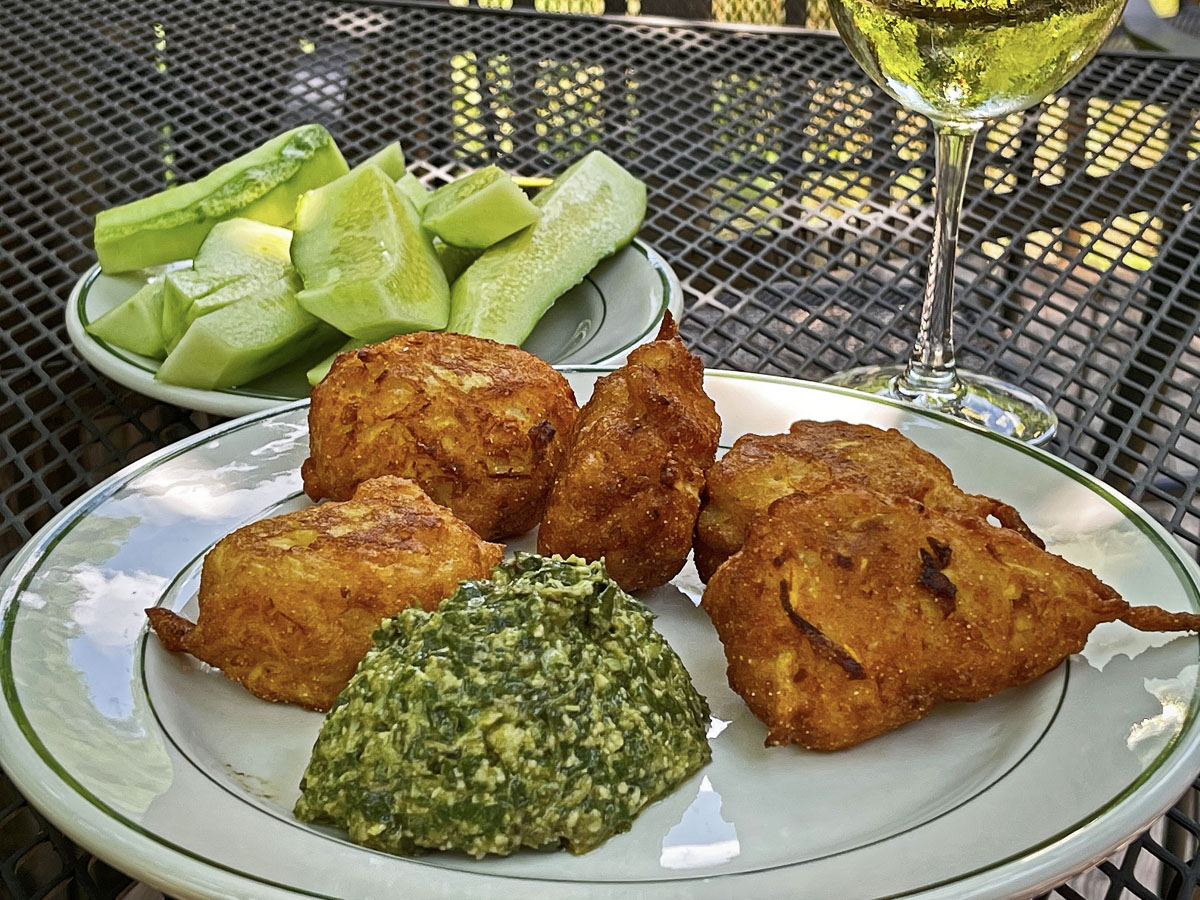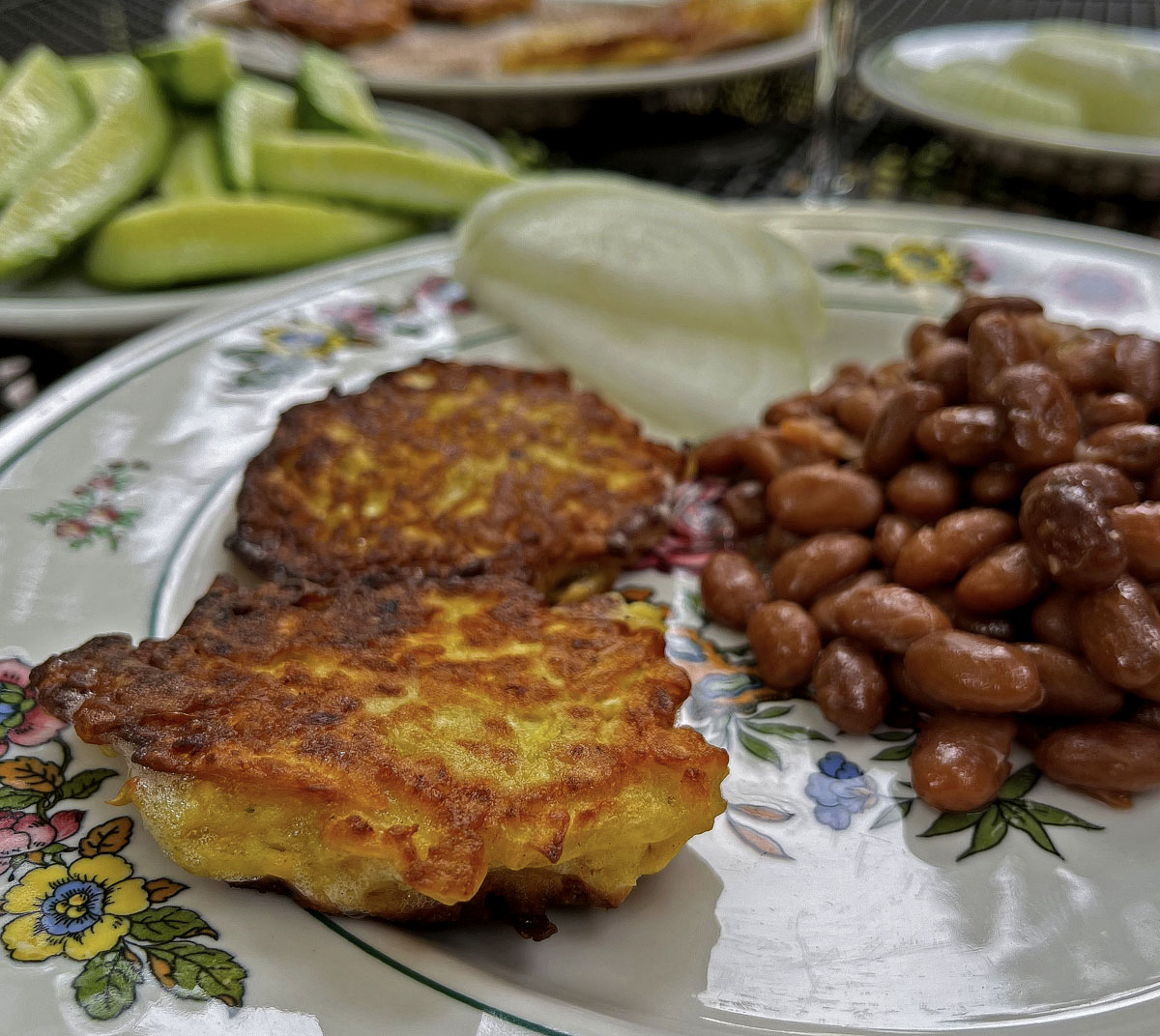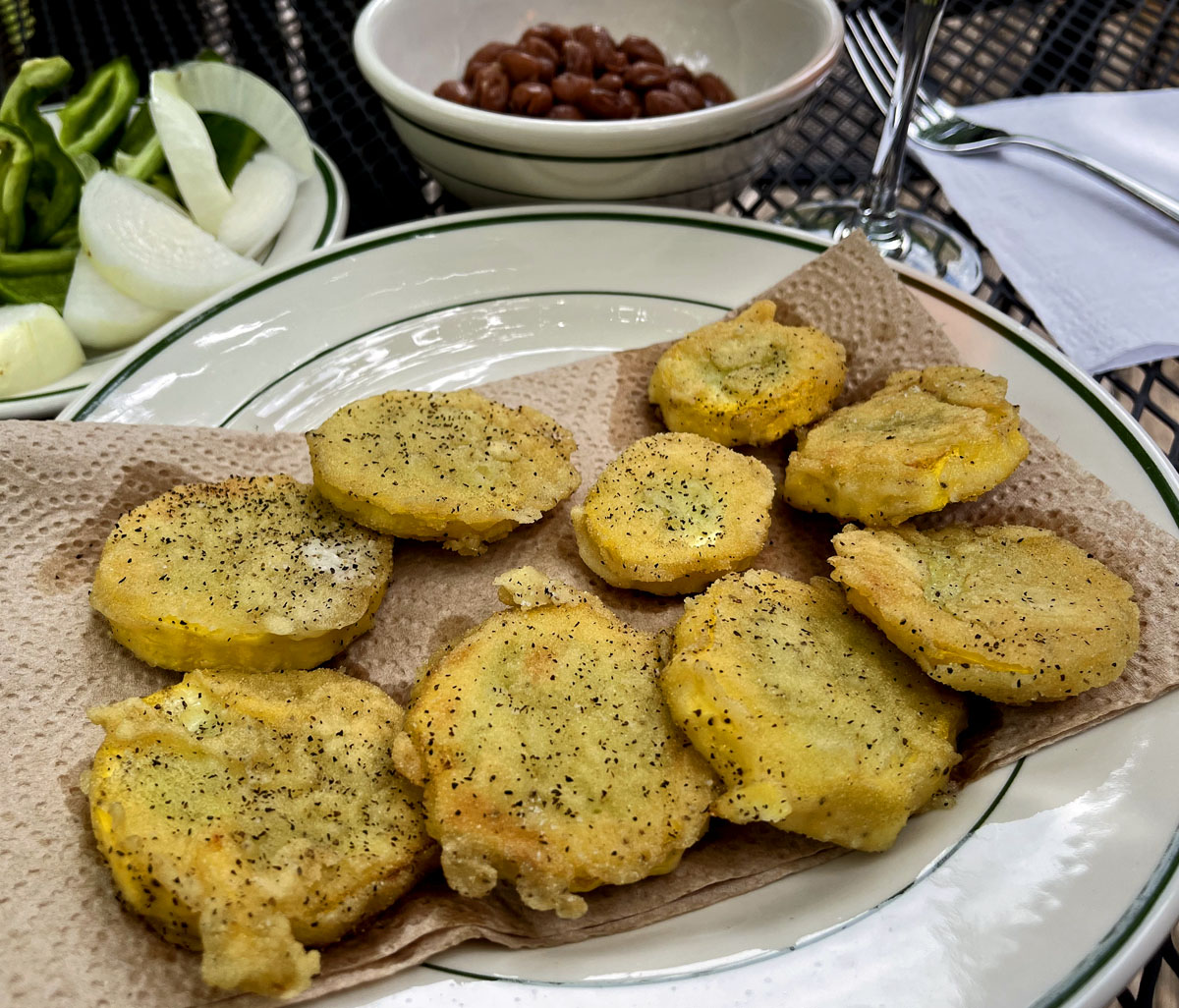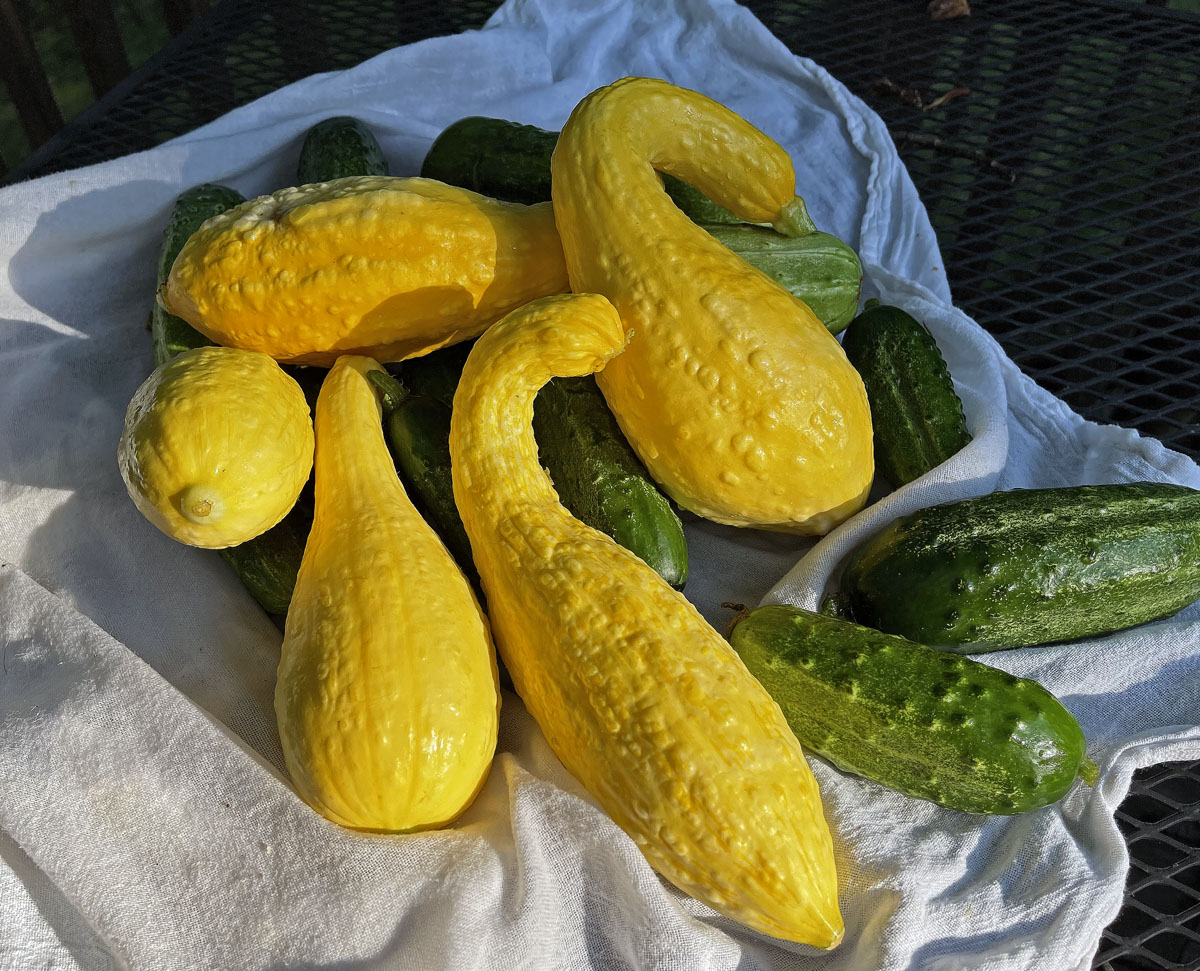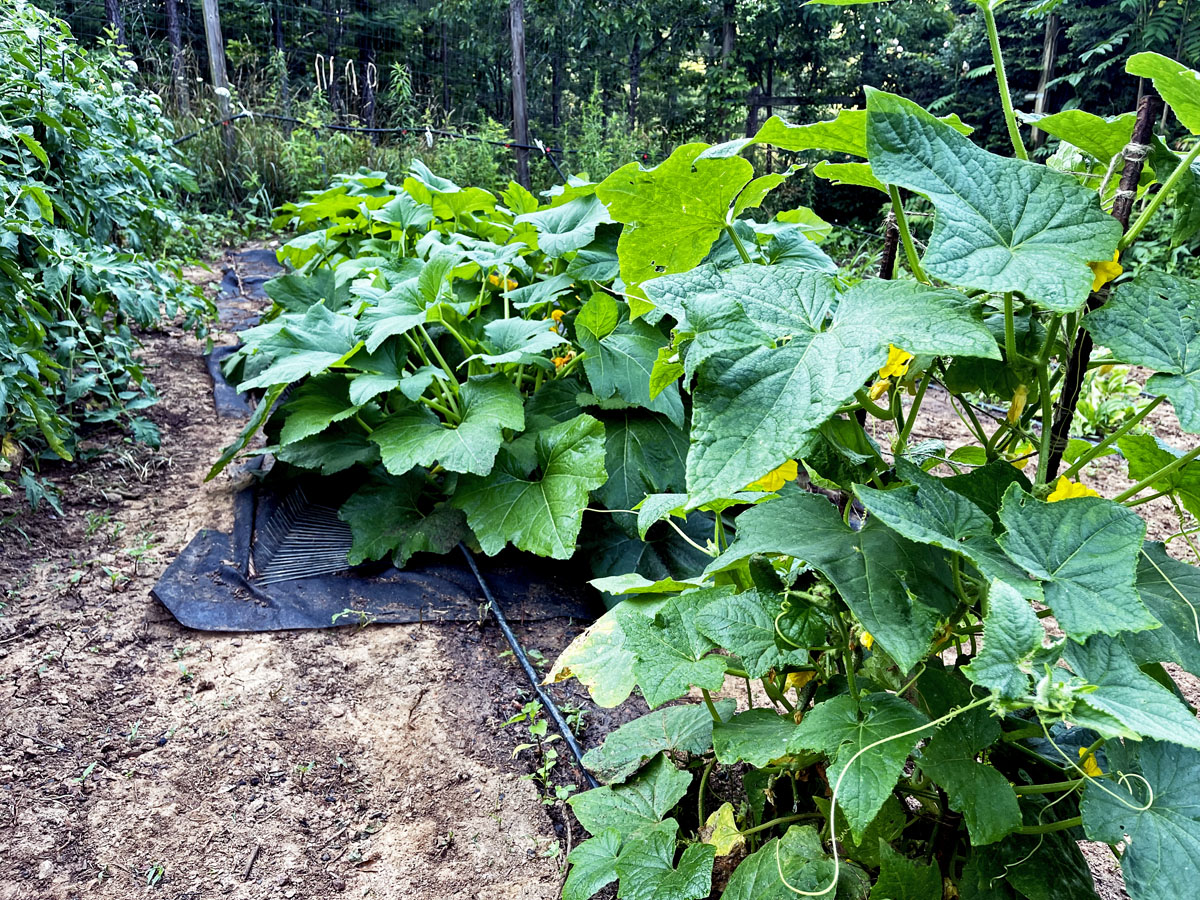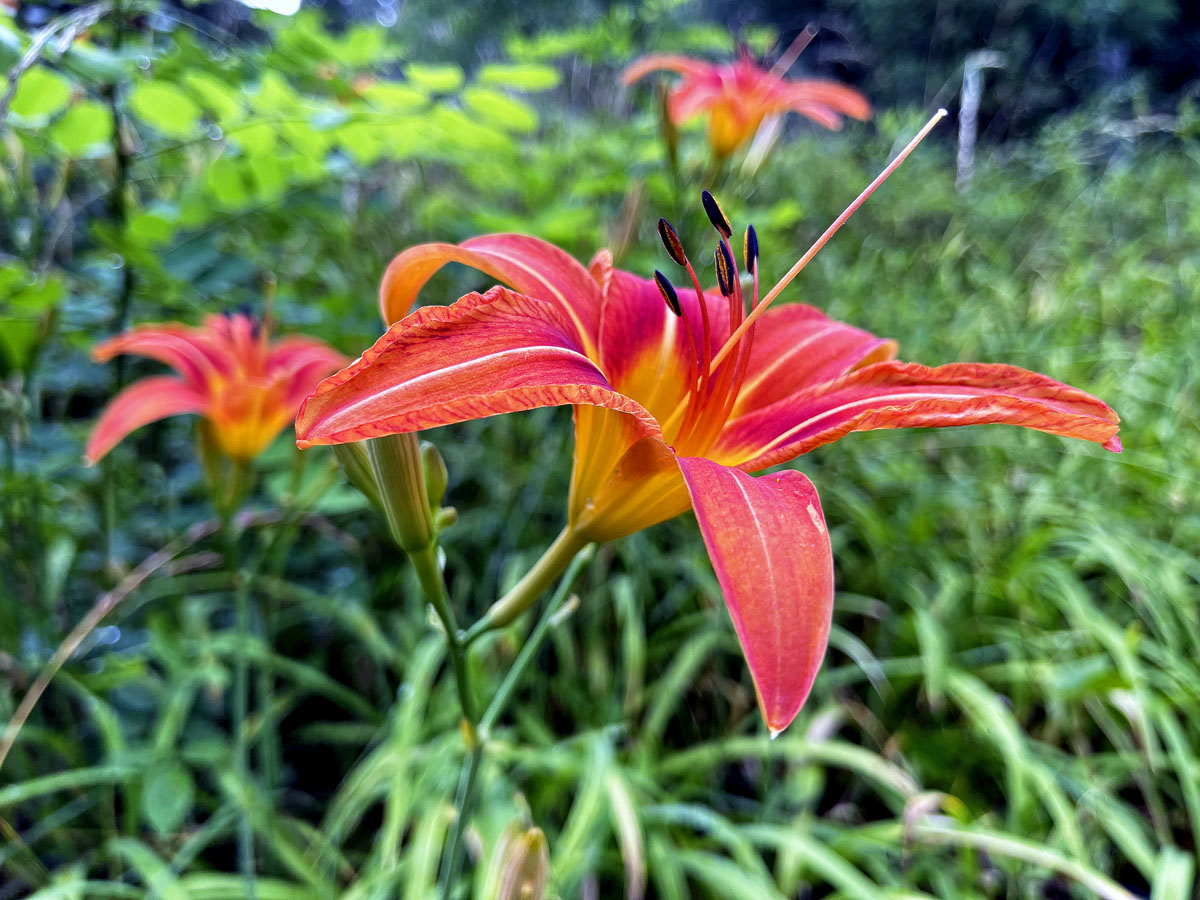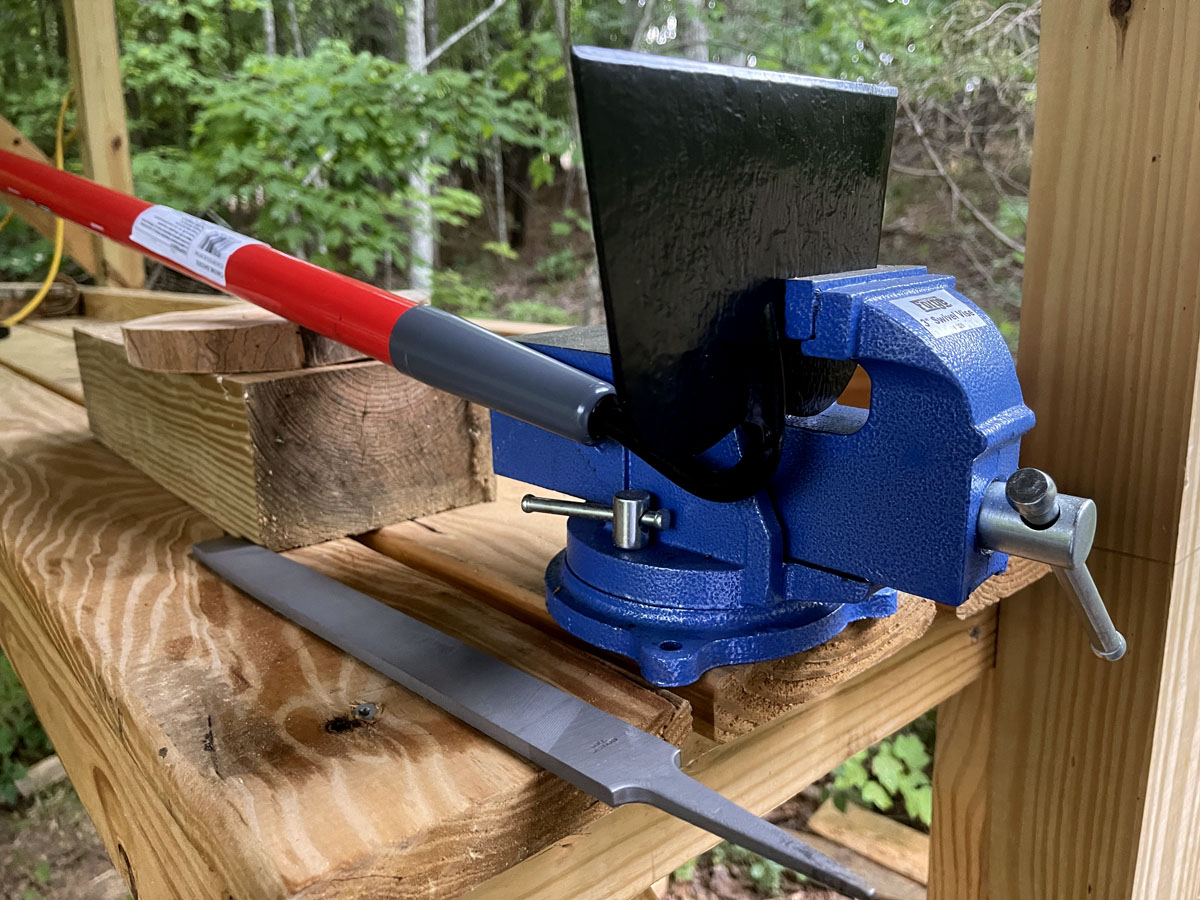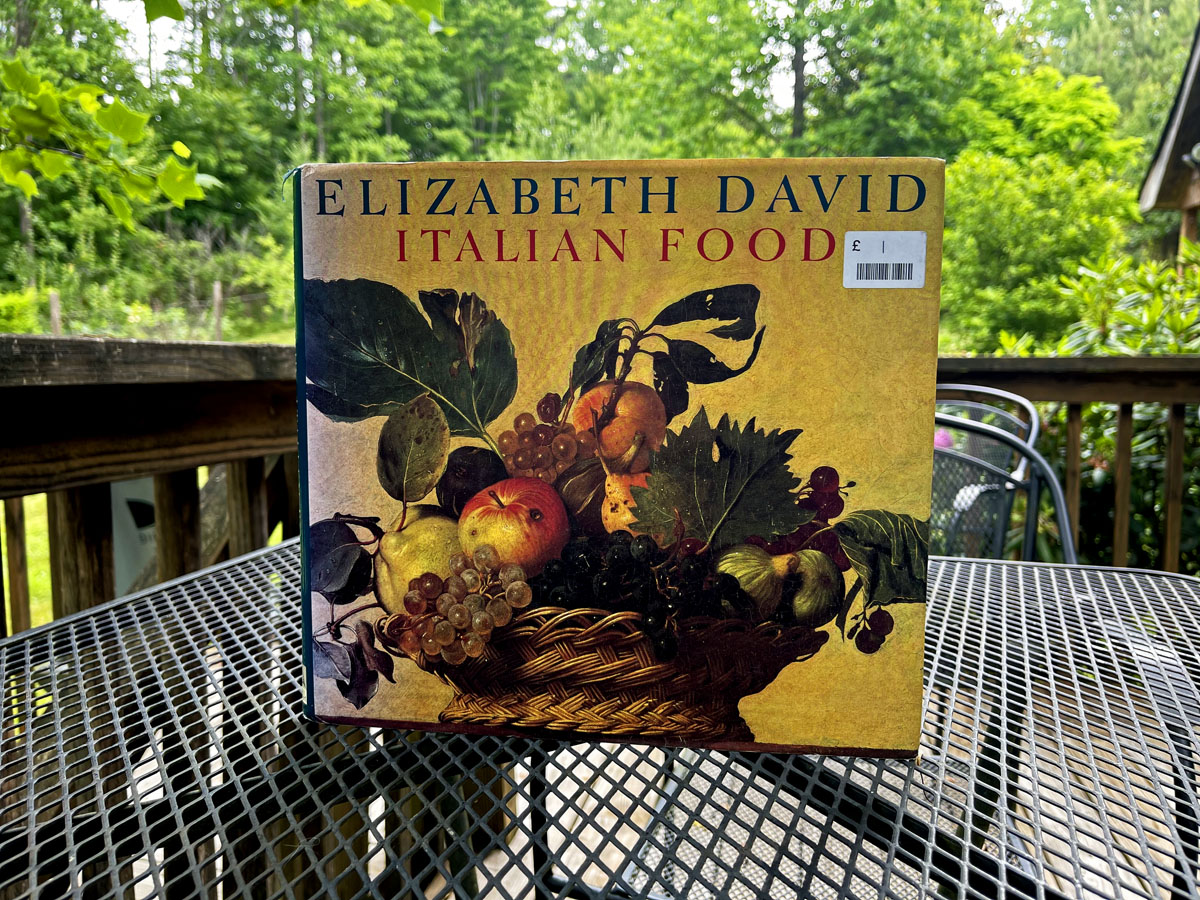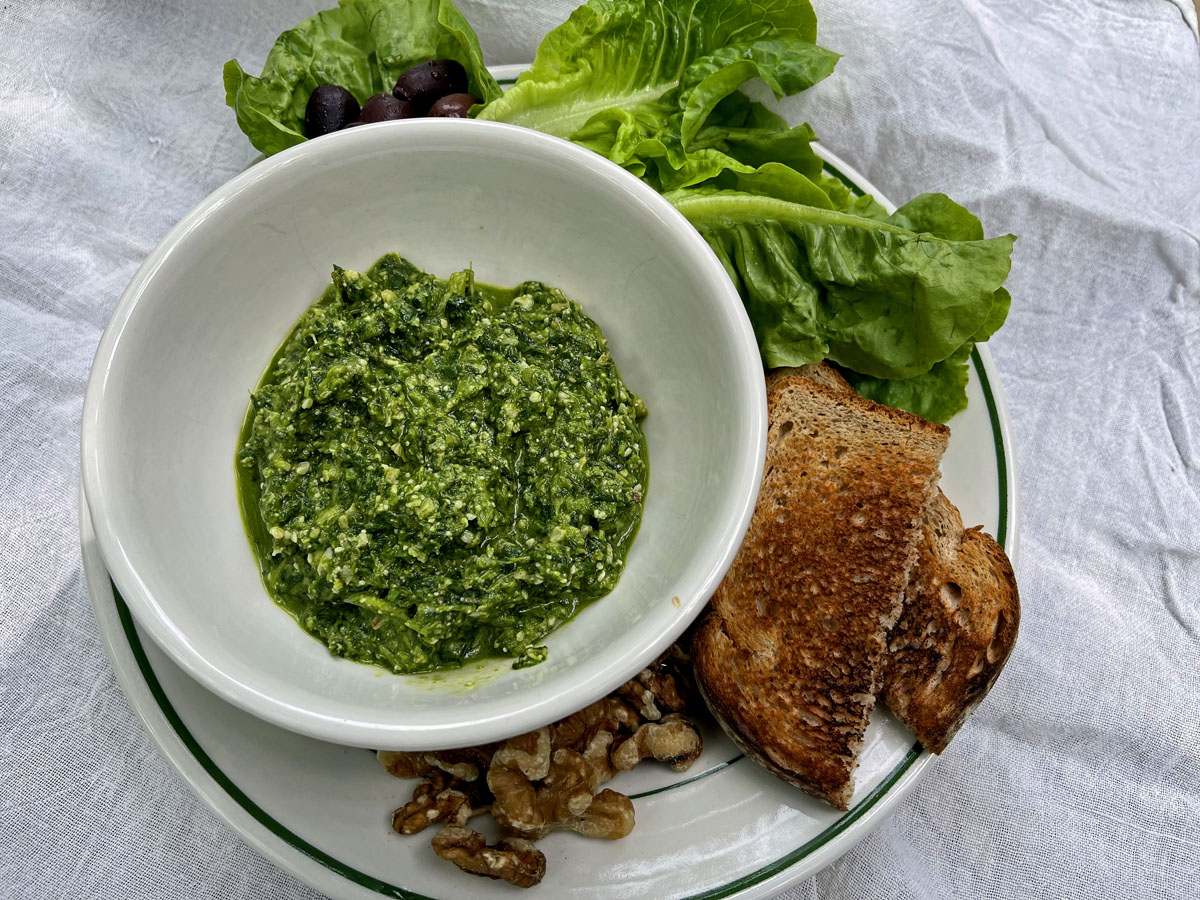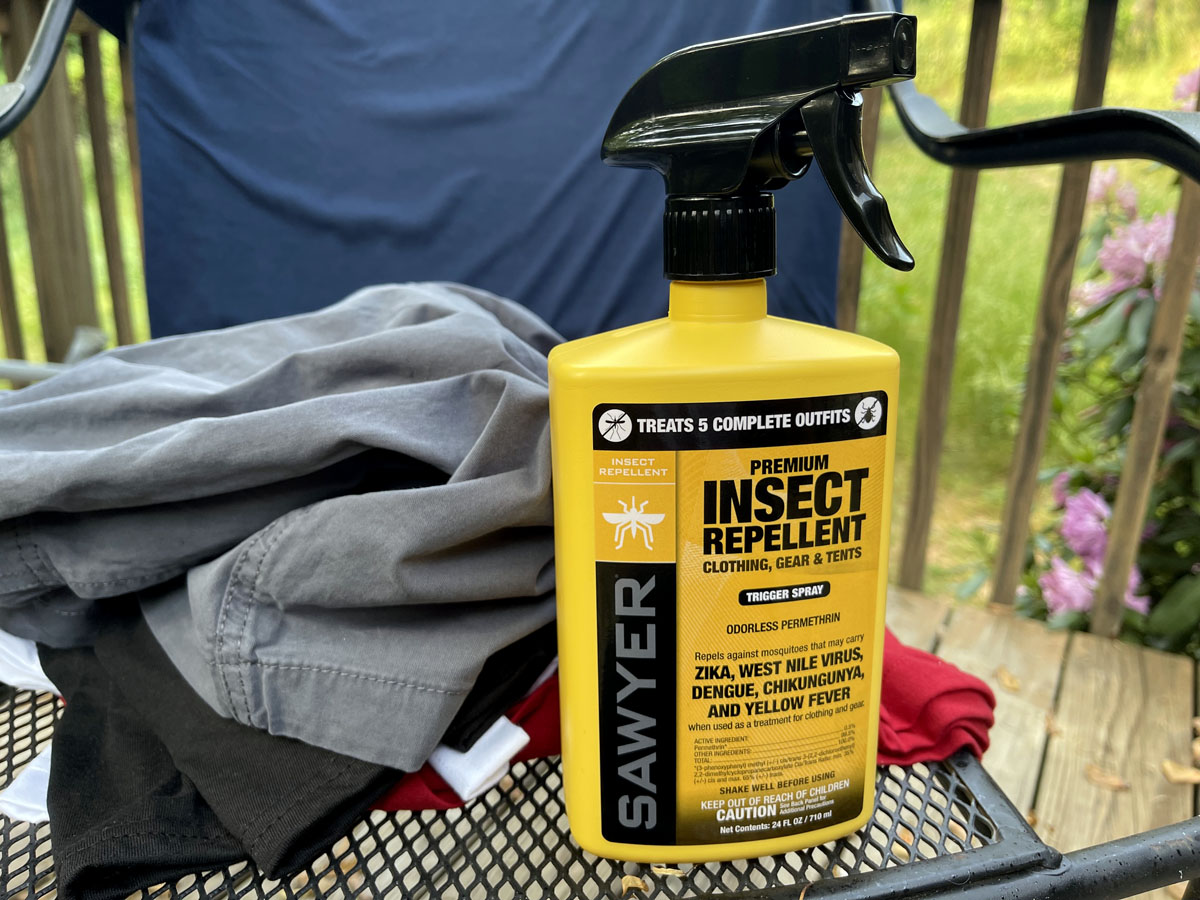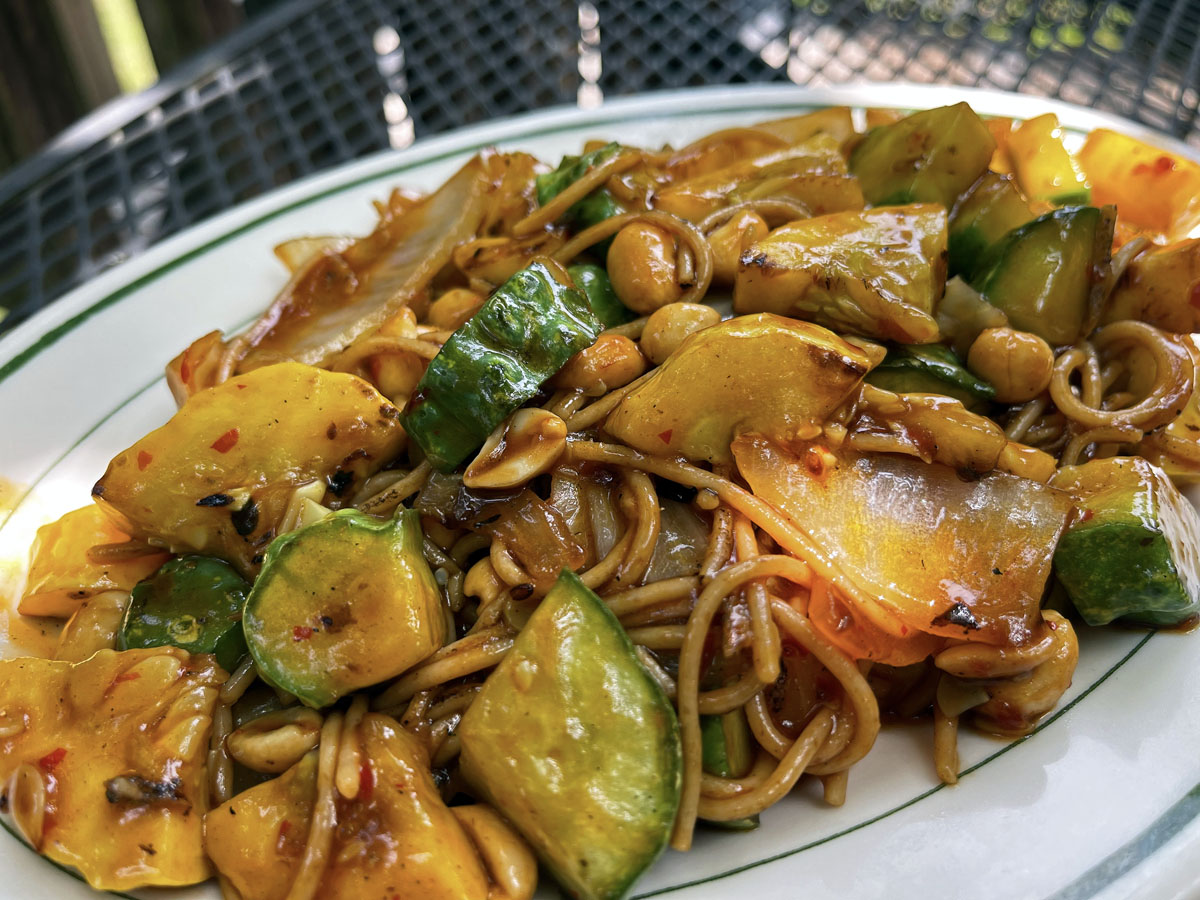
I think of cucumbers as a vegetable to be eaten raw. But a little Googling reveals that many people use cucumbers in stir fries. Because I’m rich with summer cucumbers from the garden, stir-frying cucumbers had to be tried.
To make Kung Pao dishes too often would risk getting tired of it, and I wouldn’t want that to happen. Kung Pao treatment is one of my favorite ways of saucing stir-fries. I would never claim that cucumbers are the most thrilling ingredient to which I’ve applied the Kung Pao treatment. But they’re not a bit bad. They come out of the wok a little firmer than squash similarly wok’ed, and they blend in nicely with the other ingredients. I certainly wouldn’t buy cucumbers in wintertime to use them in a stir-fry, but when cucumbers are in season, I say bring them on.
As long as we’re talking about Kung Pao, I should mention that I never buy ready-made Asian sauces. They’re easy to make, much less expensive, and healthier if you make them yourself. If you keep in stock certain basic ingredients, you can always cook up a nice sauce in just a few minutes. You want to keep a variety of vinegars, of course. Increasingly often, I reach for the malt vinegar, which is what I used in this Kung Pao sauce. Authenticity is less important to me than good. Malt vinegar imparts a kind of Old World, ale-like, pub-like taste to whatever you use it in. You’ll want soy sauce, of course. Also: pepper paste, Better Than Bouillon (because who keeps stocks on hand?), toasted sesame oil, garlic and garlic powder, and corn starch. Pepper oil is a good thing to have, but I usually reach for pepper paste. Even ketchup or tomato paste sometimes find their way into Asian sauces, and generally the vinegar wants to be offset with sweetener. And, as long as you can avoid snacking on them, one should always have roasted peanuts on hand.
Today I picked the first two tomatoes from the garden. I picked them green and put them in the kitchen windows, but fresh tomatoes, both ripe and green, will soon be on the menu.

